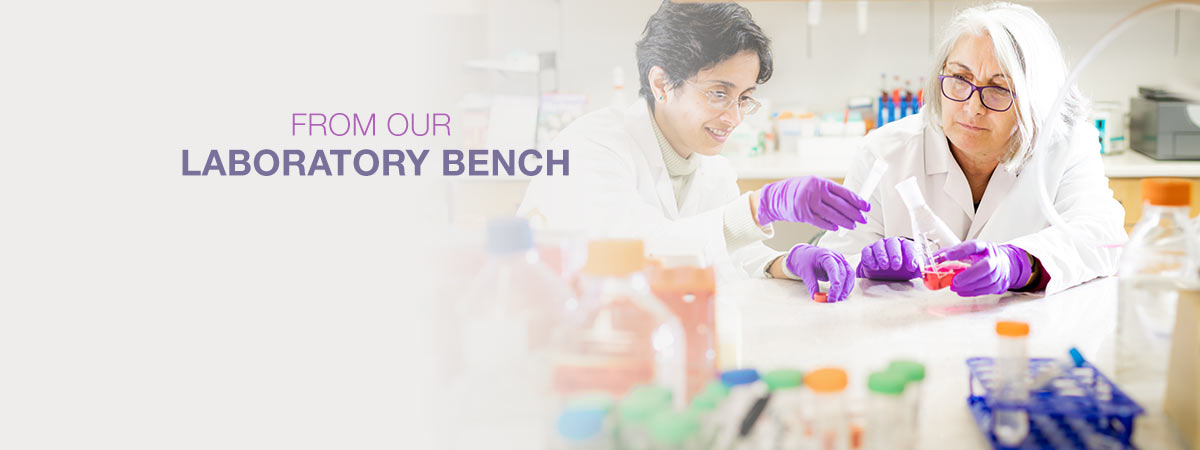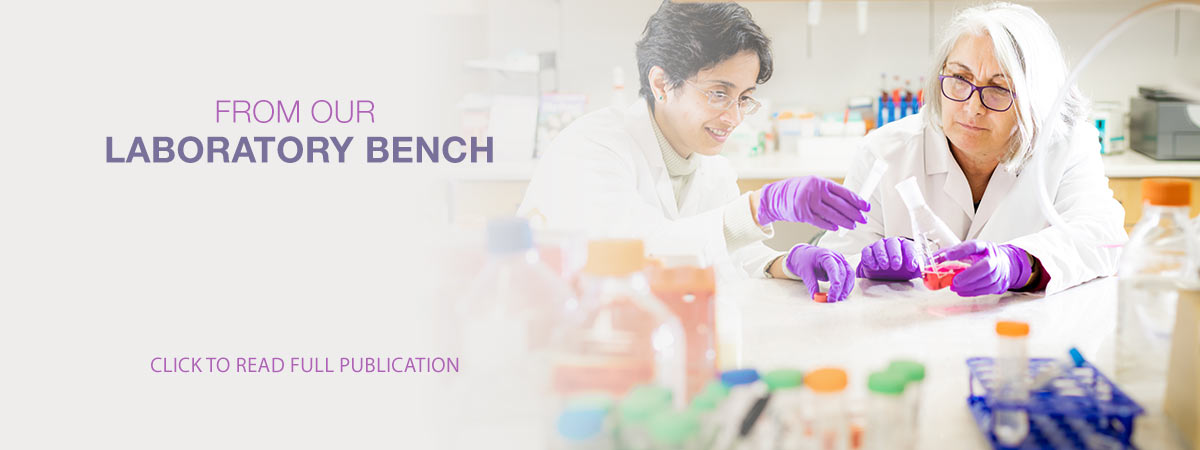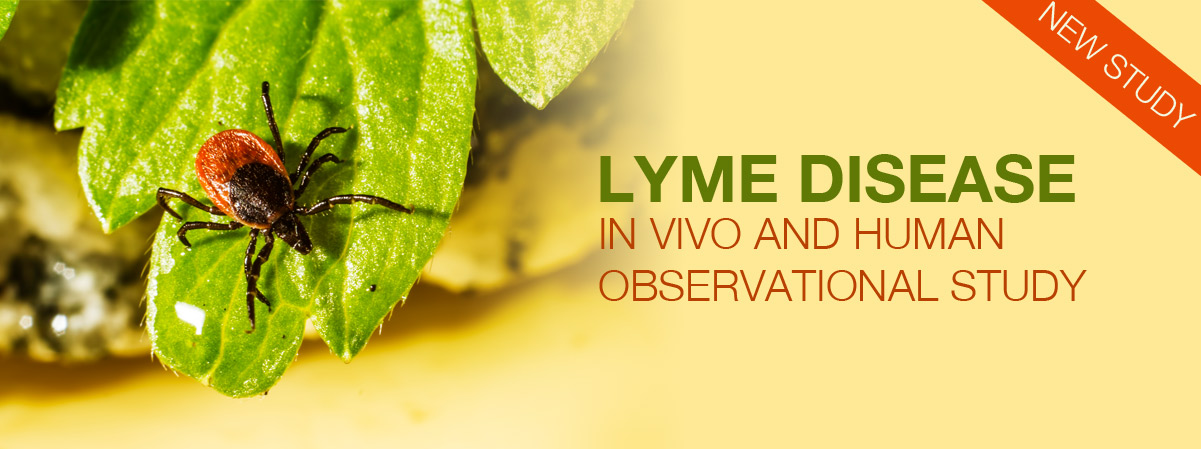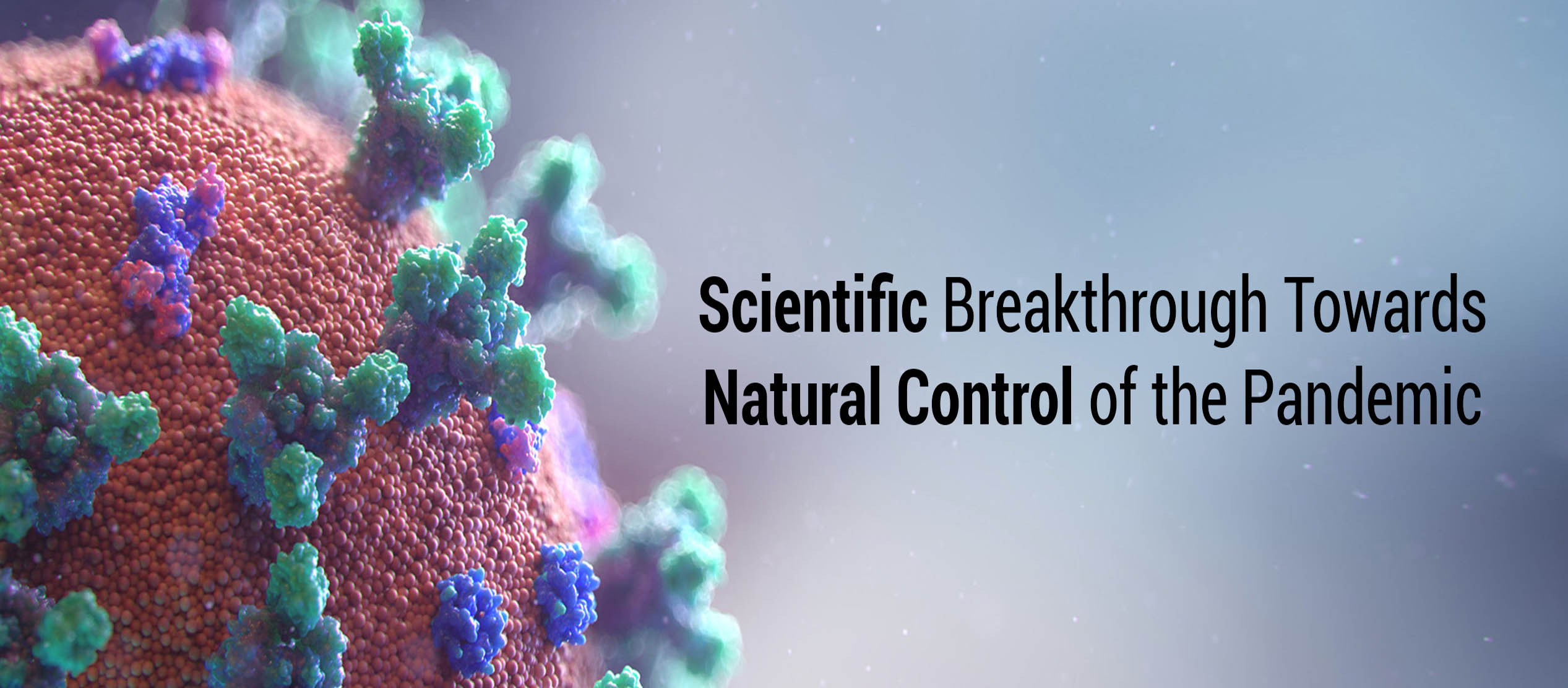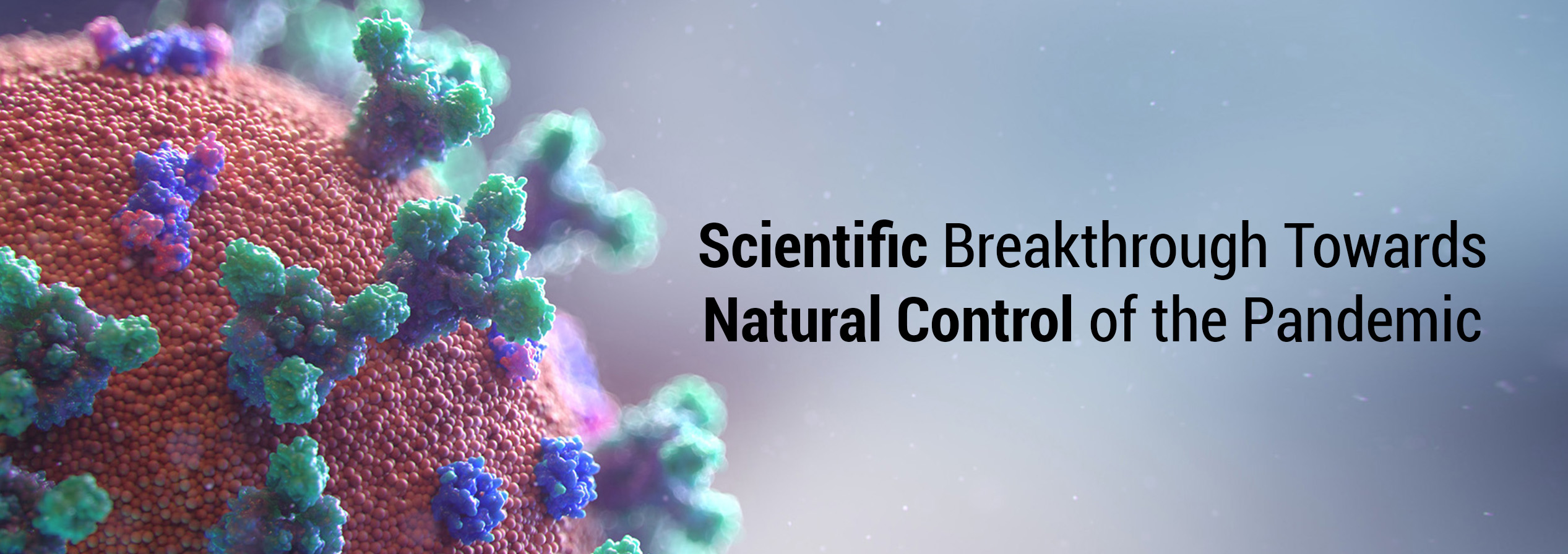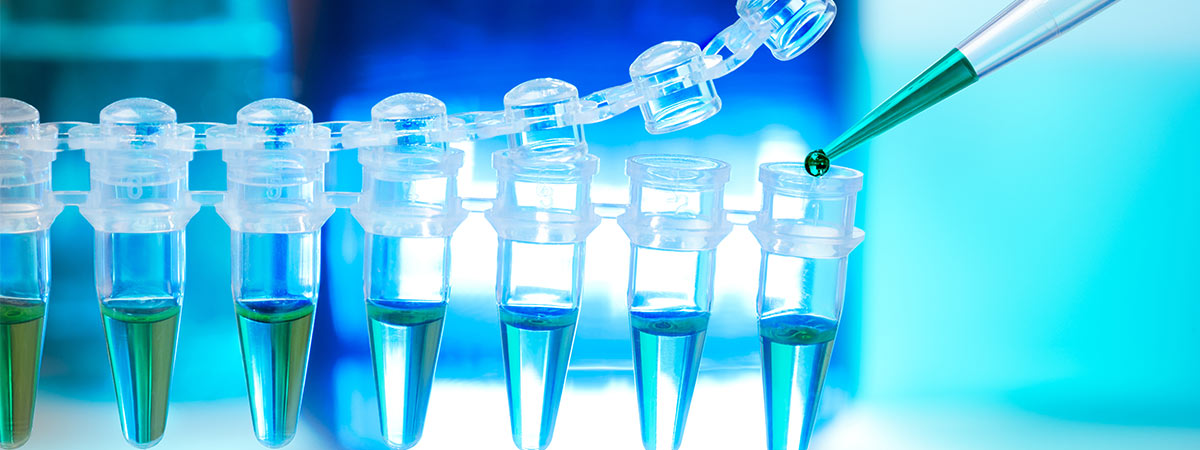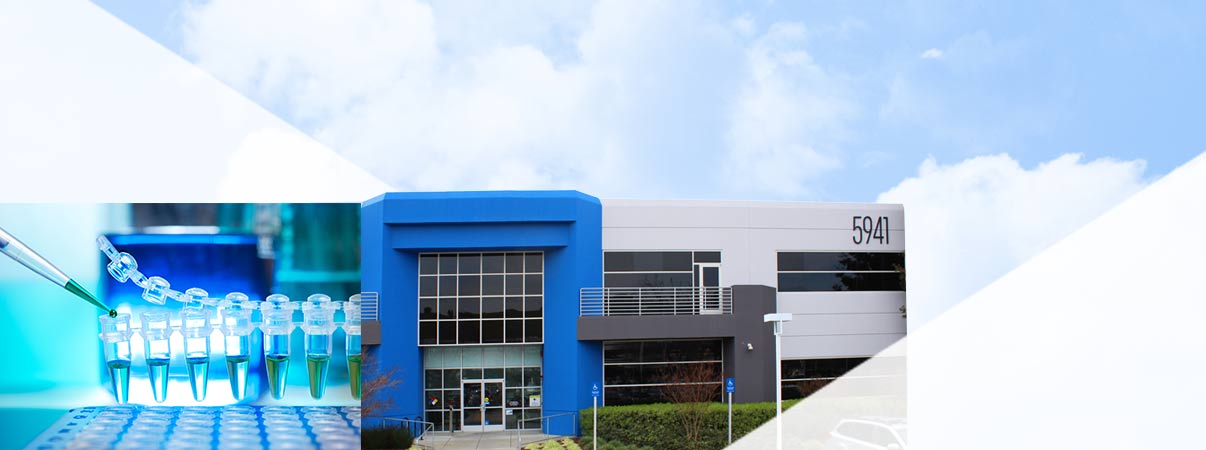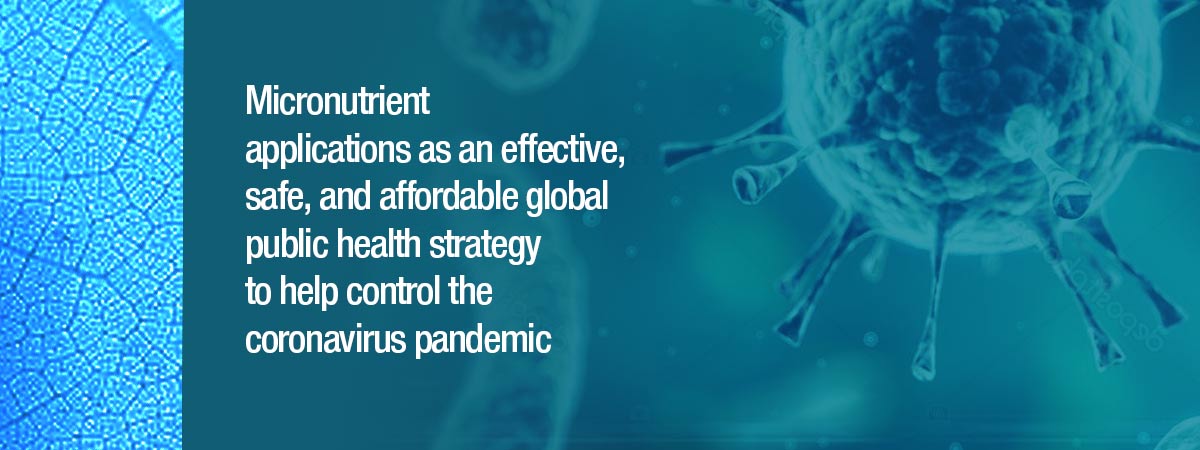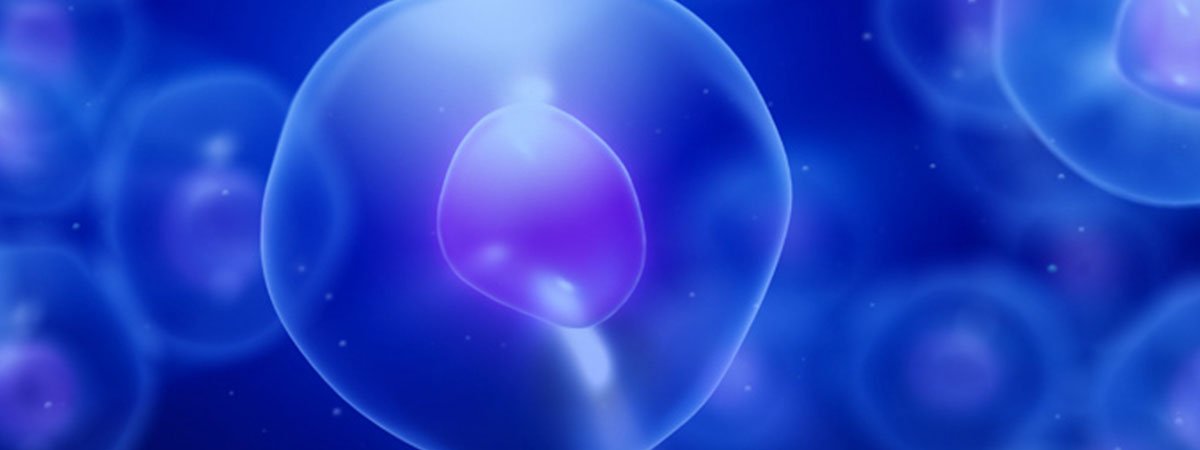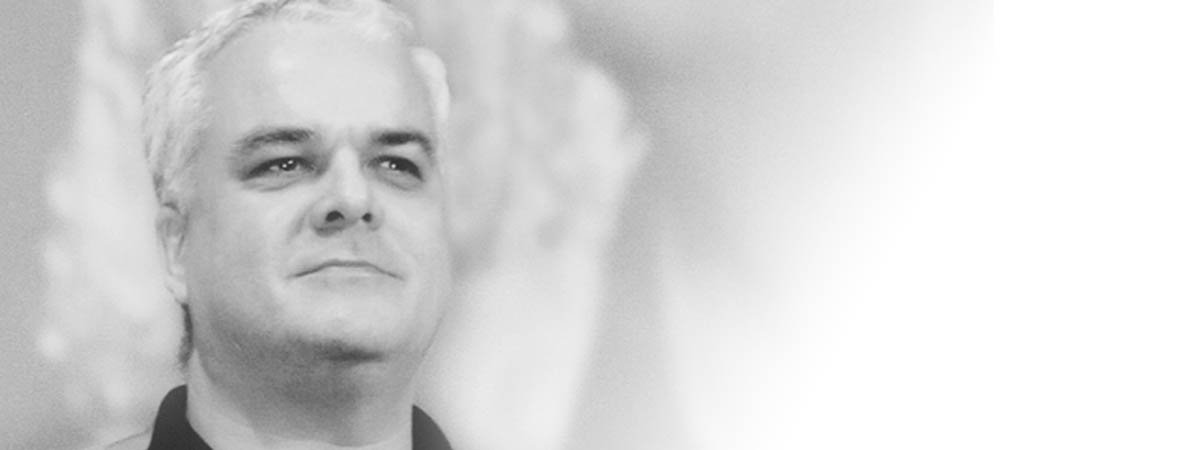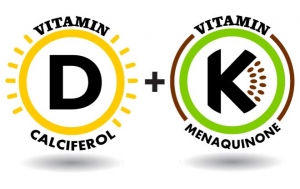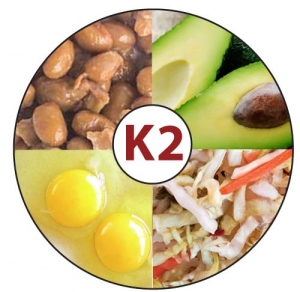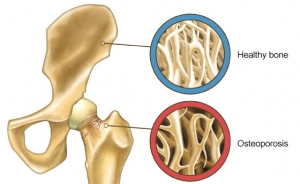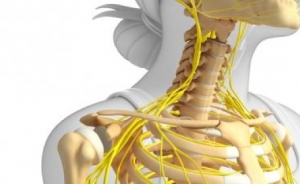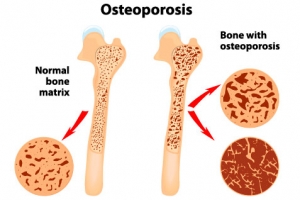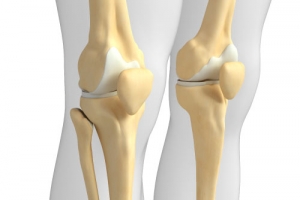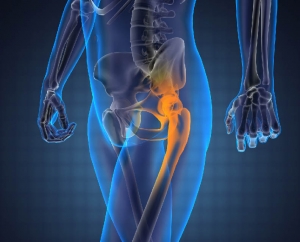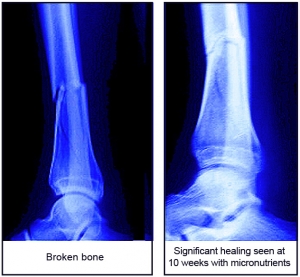In the previous Health Science News Page, we discussed the benefits of vitamins D and K when applied individually. While these two fat-soluble vitamins have several health benefits, they work the best when combined.
Vitamin D by itself is important for maintaining strong bones, a healthy cardiovascular and immune system, and has anti-cancer properties. The two different types of vitamin D are D2 (ergocalciferol) present in plant-based products such as mushrooms, and D3 (cholecalciferol) present in animal products and fatty fish. It is well known that vitamin D is needed for effective absorption of calcium from the digestive system and promoting its mobilization towards the bones. It also helps in regulating the calcium-phosphorus ratio required for healthy bones. Vitamin D3 works together with vitamin K2 in maintaining calcium balance in the body affecting activation of bone protein (osteocalcin) responsible for the incorporation of calcium in the bones. In clinical trials a combination of vitamin D3 and vitamin K2, especially subtype MK-7, increased bone density in postmenopausal women with osteoporosis compared to each vitamin taken individually and a placebo.
Vitamin K is a fat-soluble vitamin now known for a variety of functions, however it is still referred to as the “blood clotting vitamin.” Currently, researchers are learning about its role in a wide array of physiological processes including during the COVID-19 pandemic. Vitamin K is essential for healthy bones, the cardiovascular system, the liver, kidneys, pancreas, brain and nervous system, and it has anti-inflammatory and anti-carcinogenic properties.
Vitamin D is a fat-soluble vitamin, sometimes known as the sunshine vitamin because the ultraviolet rays from the sun initiate its production in the skin. Vitamin D is a type of prohormone that is produced when cholesterol in the skin is exposed to the UV rays from the sun. Further processing in the liver and kidneys is an important step in the production of the active form of vitamin D called calcitriol. The two different types of vitamin D are D2 (ergocalciferol) present in plant-based products such as mushrooms, and D3 (cholecalciferol) present in animal products and fatty fish. Vitamin D3 is found to be twice as effective as D2 in raising the blood levels of vitamin D.
Bone fractures are one of the most painful injuries and require a lengthy recovery time. Everyone is at an equal risk of breaking a bone either from a fall, sports activities, or a car accident. However, bone fractures are more common and take longer to heal in people suffering from osteoporosis.
The most common bone fracture, especially in active adults and children, is a broken leg and often involves a tibial (or shinbone) fracture. In the US, approximately 492,000 tibial fractures are reported every year resulting in close to 400,000 hospital days. The usual time for healing a tibial fracture could be as long as 12 to 16 weeks. This is due to a high incidence of complications requiring strong painkillers for the patient.
It is a popular perception that calcium and vitamin D are essential nutrients for healthy bones. However, few people are aware that bone health largely depends on its protein foundation – the collagen fibers. The alignment of collagen fibers within the bone (its “internal skeleton”) determine how calcium and other minerals are deposited, and therefore healthy collagen is the basis of the strength and stability of the entire bone.
The skeletal system is made up of bones and joints and provides support, mobility, and protection to various organs in the body. We are born with more than 300 bones. Many of them, such as the skull bones, fuse together and as an adult we have 206 bones. The largest bone in the human body is the femur (thigh bone) and the smallest bones in the human body are the three bones of the middle ear. Maximum bone growth occurs during childhood and puberty, and tapers off as the person approaches 16-18 years of age. While the bones do not grow in size after 18-20 years, they do not remain just as stagnant, hard and inert structures. Continuous metabolic processes called bone remodeling, during which bone is resorbed and formed again occur throughout our life. A major role in this process is played by specialized cells in the skeletal system called osteoblasts which are bone lining cells, and osteoclasts which are bone dissolving cells. Our entire skeleton is renewed every few years and it is estimated that at any time about 20% of an adult bone is undergoing remodeling.
Osteoporosis - or thinning of bones- is a condition affecting 200 million people worldwide. This figure includes both women and men over 50. Approximately 75 million of those affected are in the USA, Europe, and Japan. Although postmenopausal women are more likely to develop osteoporosis, one in five men will also develop significant bone thinning in their lifetime. Osteoporosis is a disease where the bones lose density and strength which increases the risk of fractures and debilitation. Osteoporosis is the most common - yet least detected - bone metabolism disorder. A sedentary lifestyle, the use of prescription drugs such as corticosteroids, antacids (specifically, proton pump inhibitors), and psychiatric medications can cause excessive bone loss leading to osteoporosis. In the elderly, thin bones are prone to breaking and can result in hip or vertebral fractures and can increase the risk of premature death.
The human skeletal system is made up of bones and joints. It provides support and mobility, and protects the body’s organs. We are born with more than 300 bones. Many of them fuse together during childhood and an adult human being eventually has 206 bones. The largest bone in the human body is the femur (thigh bone) and the smallest bones in the human body are the three bones of the middle ear. Maximum bone growth occurs during childhood and puberty and tapers off at 16-18 years of age. While the bones do not grow in size after 18-20 years, they are not stagnant, hard, and inert structures. A continuous metabolic process called bone remodeling occurs within the bones throughout our life. This is an essential lifelong process during which the bone is resorbed and formed again by specialized cells in the skeletal system. Osteoclasts break down mineralized bone and participate in the bone reabsorption process, and osteoblasts build bone. Our entire skeleton is renewed every few years and it is estimated that at any time about 20% of an adult bone is undergoing remodeling.
Osteosarcoma is the most common type of bone cancer frequently occurring in children and young adults between the ages of 10 and 30. People over 60 are also at an increased risk. In the US, almost 800 new cases of osteosarcoma are diagnosed every year and more than 400 are in children and teens younger than 20. Initial symptoms of osteosarcoma, such as pain, bone or joint swelling, and decreased joint motion can be misleading and frequently occur in children due to sports and other injuries. In older adults, the symptoms can be misdiagnosed as arthritis.
Everyone is at risk of fracturing a bone from a fall, sport activities, or a car accident and it is all the more likely to happen to people suffering from osteoporosis. Bone fractures are one of the most painful injuries and require a lengthy recovery time.
The most common bone fracture, especially in active adults and children, is a broken leg, and often involves a tibial (or shinbone) fracture. In the US, approximately 492,000 tibial fractures are reported every year resulting in close to 400,000 hospital days. The usual time for healing a tibial fracture is 12 to 16 weeks. However, this is often delayed due to a high incidence of complications requiring strong painkillers for the patient. In European countries, osteoporosis related hip fractures were reported to be 620,000 according to a 2010 report.
